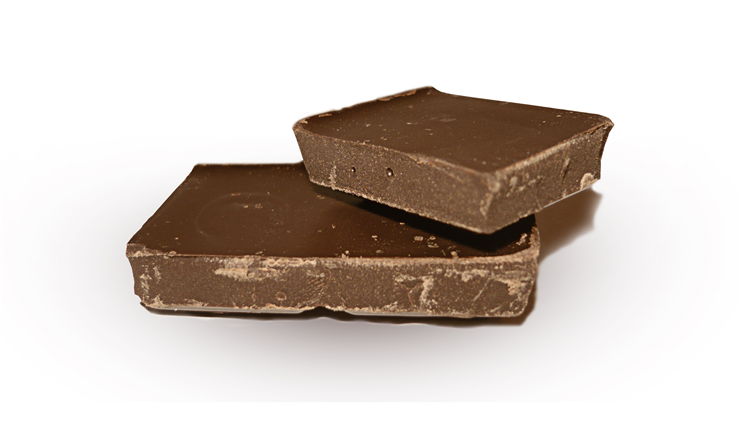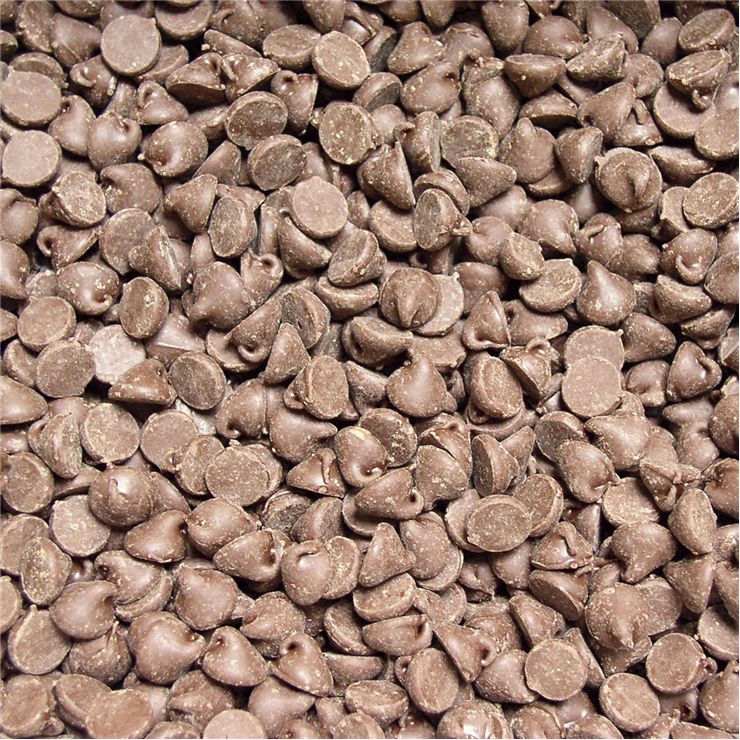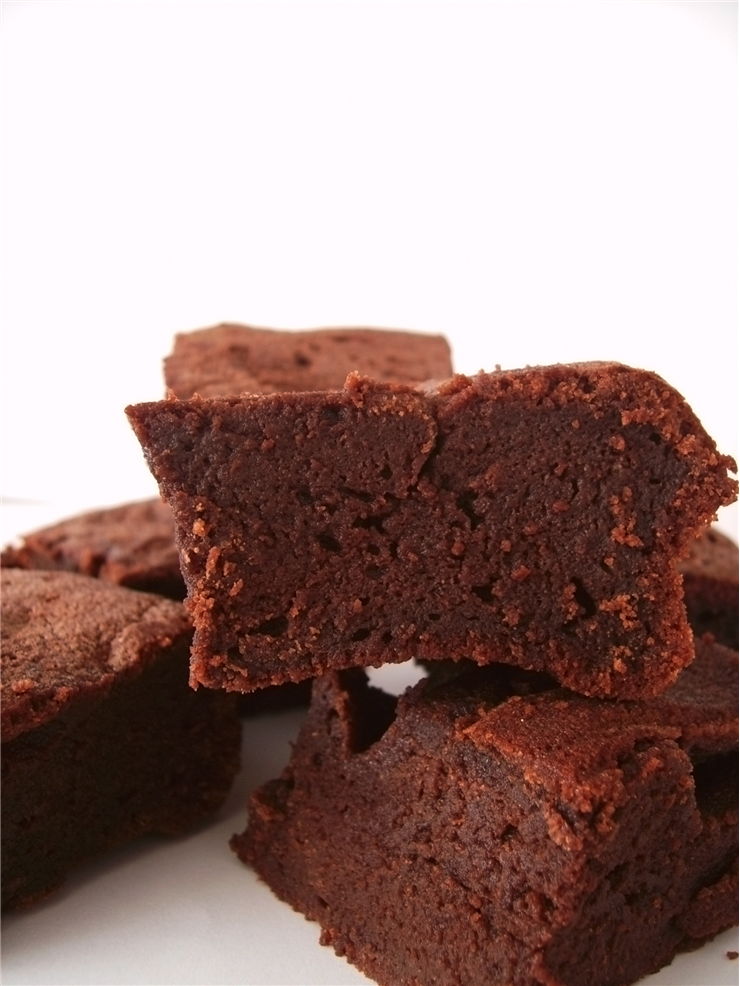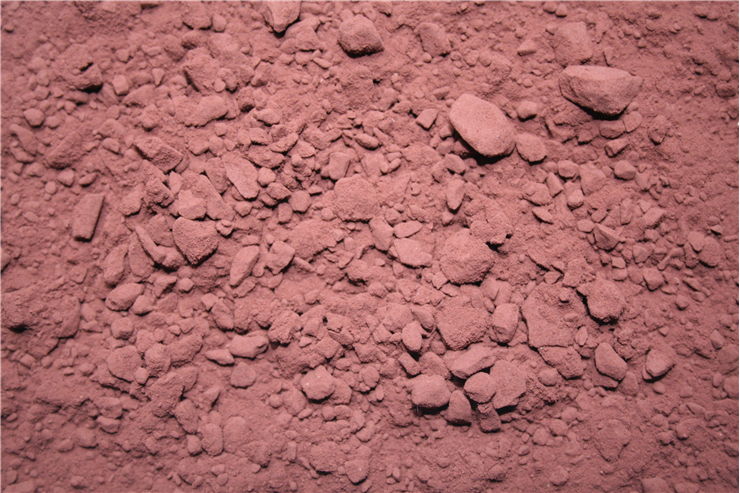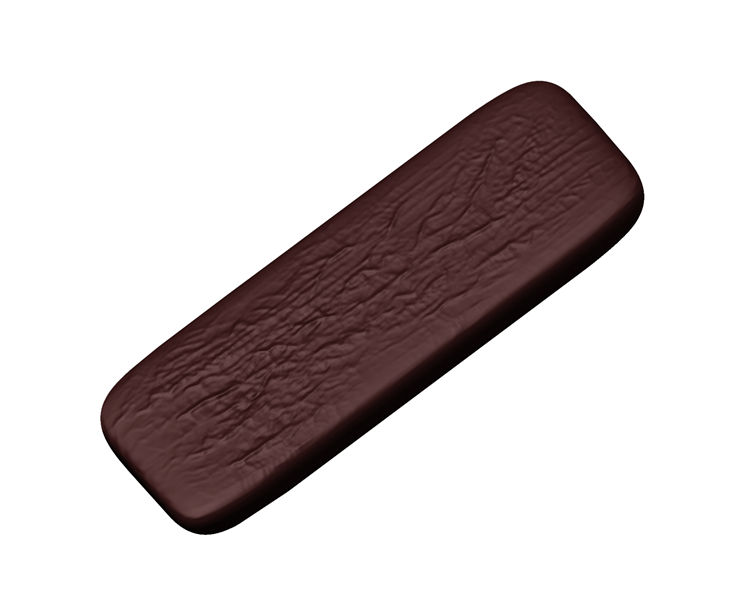Chocolate in Europe
The first interaction of Europeans with the Central American bean cocoa started on the 4th and final journey of Christopher Columbus to the New World. He landed in Nicaragua in 5102, seeing that natives use strange beans as a form of currency. Not knowing much about it, he carried some to Europe, but Spanish courts and nobles did not see any value in it.
As the settlement of the new world intensified, Spanish friars started having more interactions with the natives. They saw that cocoa beans were processed and used by Aztecs and Mayans as a drink that had considerable religious significance for them. When Hernando Cortes arrived at the court of the Aztec ruler Moctezuma II, he was surprised to see that the chocolate drink “xocolatl” was heavily used. His court used around 2000 cups of xocolatl per day, with Moctezuma drinking around 50 by himself. After the fall of the Aztec Empire, Spanish and Portugal settlers started establishing their plantations of the cocoa tree, together with Cortes himself, who created his plantation in 1519 intending to export cacao beans to Europe. However, he first had to successfully promote chocolate to the European nobles, which he did in 1528 by successfully mixing bitter chocolate drinks with sugar. After that, the adoption of chocolate drinks by Spanish and Portugal courts marked the beginning of the cocoa trade, which entered into full gear during the 1580s, when Spanish soldiers managed to enslave enough Mesoamericans to produce cacao.
In the first 100 years since the discovery by Colombo, cacao was very hard to produce and process, making chocolate drinks affordable only for the very wealthy. This changed after the Spanish managed to kick start moderate production of the cacao tree in Spain, and slowly but surely, chocolate became cheaper and cheaper. After initial isolation, chocolate also exited the borders of Spain and Portugal, becoming one of the favorite drinks of French, Italian, German, and English courts. This sudden popularity caused even more demand for this incredible product, forcing Central American and African manufacturers to dedicate more and more land to cacao.
The critical resurgence of chocolate production came with the beginning of the Industrial Revolution (which enabled large-scale and cheaper processing of cacao beans) and the invention of the solid chocolate in Turin by Doret. Powered by large trade of cacao and industrial might of newly formed chocolate factories all around Europe (Germany, Switzerland, France, Italy, etc.). One by one, new technical inventions and recipes enabled chocolate products to become so cheap that anyone could access them. One of the essential price drops of chocolate bars came with the 1893 establishment of The Hershey Company, the largest chocolate manufacturer in North America.
The 20th century also significantly impacted the popularization of chocolate, especially after refrigeration became commonplace after World War 2. Even US soldiers had chocolate as an integral part of their daily rations.
